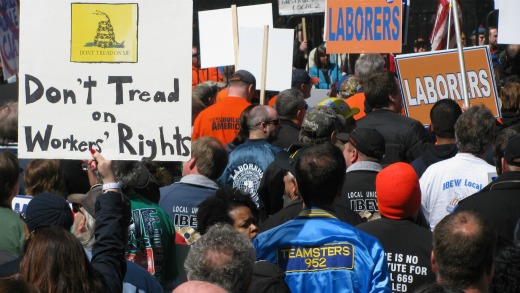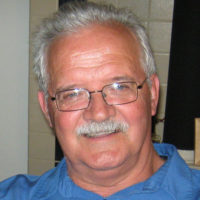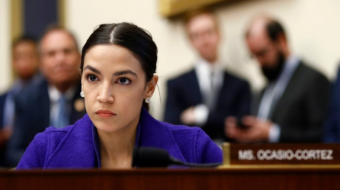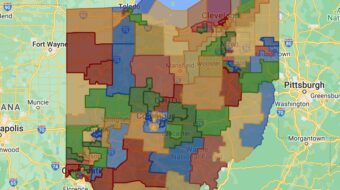
A few on the left say that the absence of a mass movement on the scale of the 1930s and 1960s stems from the fact that millions of Americans still believe the president is an agent of progressive change.
What follows from this theory is the role of left and progressive people is to ruthlessly unmask the politics and progressive pretentions of the president, which in turn will melt away people’s illusions in him and trigger a mass upsurge throughout the country.
But is this the case?
I don’t think so. And I will tell you why.
The building of a mass movement on the scale of the 1930s or 1960s is a complicated process. A wide-angle lens is needed to capture its many sides.
Before we lay responsibility for the inadequate scale of today’s movement on the shoulders of the president, we have to factor in the impact of three decades of right-wing ideological onslaught.
We have to consider the structural changes in the U.S. economy that have economically devastated, socially atomized and politically weakened traditional centers of working class and people’s power.
We have to take into account the unprecedented attack against African Americans and other communities of color, dating back to the election of Reagan.
We have to acknowledge the reality of a smaller labor movement, in large measure the result of economic downsizing, production relocation and a fierce right- wing anti-labor offensive.
We have to factor in the impact of the ideological intensification of racism, male supremacy, immigrant-bashing and homophobia in recent years on popular consciousness.
We have to include in our political calculus the negative effects of capitalist-structured globalization on working-class consciousness, unity and capacity.
We have to bear in mind the consequences of the militarization of our society on our society.
We have to note the capitalist class’s control and domination of the means of communication and education.
We have to recognize that people in the face of crises can opt for individualist as well as collective solutions.
We have to weigh in the force of habit and inertia.
We have to appreciate that the president operates in a complex of competing class and social forces, some of which (namely the extreme right) are determined to sabotage his presidency.
And we have to bring into bold relief the fact that the left and progressive movements are still too small to exert a decisive and sustained influence on the nation’s political direction. Face it. We still preach to the choir.
The multifaceted nature of the process of change is not a reason to throw up our hands in frustration or to revert to simplified explanations, in this case presidential mis-leadership, for the difficulties of building a progressive mass movement.
Indeed, I would argue that today’s movement has the potential to eclipse the popular movements of 1930s and 1960s in size, social composition, political consciousness and social power.
Who thought in 1920 or in 1950 that people’s movements of enormous scope and strength would spring up and proceed to realign national politics a few years later?
But that is what happened as many foreseen and unforeseen factors came together in such a way that massive social explosions rocked the country and new chapters of progressive change entered the history books.
These movements had their own complicated factors to deal with, including the global rise of fascism in the 1930s.
Should we think that the process of progressive change and the building of a mass movement with transformative capacities would be any less complicated in our time or any less doable?
You know my answer.
Photo: (Teresa Albano/PW)












Comments